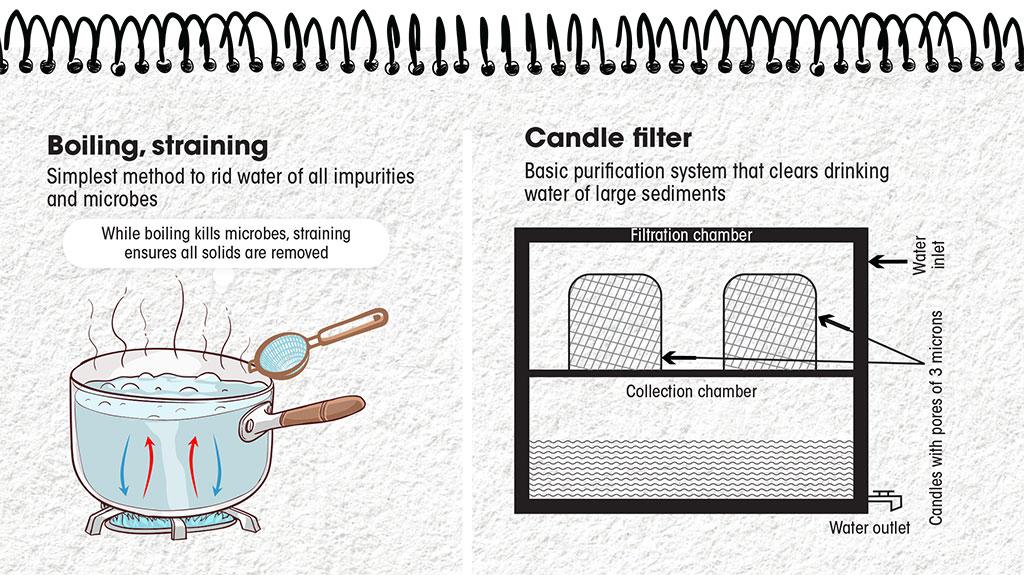New species of deep-sea isopod discovered off Kollam, Kerala named after ISRO.
|
Crustacean |
|
The new species has been named Brucethoa isro in honour of the Indian space agency’s successful space missions, including the successful lunar mission titled Chandrayaan-3.
|
Isopods |
|
Brucethoa isro is the second species within this genus to be documented in India.
|
Quick Facts |
|
Spinyjaw greeneye (Chlorophthalmus corniger) |
|
The impeachment inquiry into President Joe Biden has hit crossroads, lacking the political support.
The first recognised case of impeachment dates back to 1376 in England.
The Impeachment Procedure of President in the US and India is both borrowed from the fundamental idea of impeachment of Great Britain. However, they differ from each other, both procedurally as well as substantially.
|
Impeachment Procedure of President in US |
Impeachment Procedure of President in India |
|
|
Data on India for a century has revealed income and wealth inequality now as being worse than during British colonial rule, according to the World Inequality Lab.
|
World Inequality Lab (WIL) |
|
Key Takeaways
Water purifiers that use reverse osmosis (RO) are emerging as a popular choice for safe and clean drinking water in India, however, experts warn that RO water with dangerously low levels of mineral content can have adverse impact on health.




Down To Earth – Are water purifiers safe?
The Supreme Court constituted an expert committee to determine the scope, extent and feasibility of electric lines in priority spots of Great Indian Bustard.
The mascot for CMS COP13, which was held in Gandhinagar, India in 2020 was “Gibi - The Great Indian Bustard”.
|
Conservation Status of Great Indian Bustard |
||
|
IUCN Red List |
Critically Endangered |
|
|
Wildlife (Protection)Act, 1972 |
Schedule I |
|
|
CMS Convention |
Appendix I |
|
|
CITES |
Appendix I |
|
|
Other Important Topics |
||||||||
|
EXERCISE IMT TRILAT- 2024 |
||||||||
|
The 2nd edition of the Trilateral Exercise (IMT TRILAT) began recently in the western Indian Ocean.
|
||||||||
|
The Order of the Druk Gyalpo |
||||||||
|
Prime Minister Narendra Modi was recently awarded the order of the Druk Gyalpo during the 114th National Day of Bhutan.
To refer Prime Minister Narendra Modi’s Other Awards |
||||||||
|
E-cigarettes ban in New Zealand |
||||||||
|
||||||||
|
Byadgi chilli |
||||||||
|
||||||||
|
Ban of cotton candy in Himachal Pradesh |
||||||||
|
Himachal Pradesh has recently instituted a 1-year ban on the production, sale and storage of cotton candy or candy floss.
|
||||||||
|
Arsenic Contamination |
||||||||
|
A new study highlighted that 32% of the global population lives in low- and middle-income countries that do not adhere to the World Health Organization’s recommended limits of Arsenic in water.
|
||||||||
|
Operation Indravati |
||||||||
|
India recently launched 'Operation Indravati'
|
||||||||
|
International Telecommunication Union’s Digital Innovation Board (DTB) |
||||||||
|
Dr Neeraj Mittal was unanimously elected as co-chair of the Digital Innovation Board of International Telecommunication Union’s (ITU).
International Telecommunication Union (ITU)
|
||||||||
|
Pygmy Hippo (Choeropsis liberiensis) |
||||||||
|
A rare pygmy hippo was recently born in captivity in Athens' Attica Zoological Park, Greece.
|
||||||||
|
Orans, Dev vans, Runds |
||||||||
|
Rajasthan recently notified to recognize orans, dev vans and runds as deemed forests has sparked fear among community dwellers.
|